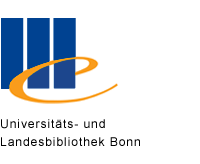We develop a formula for the optimal size of a joint savings association between individuals who share the same financial goal and who can save towards that goal at the same rate. Our motivating example and the core of our analysis is a Rotating Savings and Credit Association (ROSCA). We measure the efficiency of a ROSCA by the expected waiting time that it takes a participant to attain his goal when no participant reneges on his commitment to contribute to the common fund, and when each of the participants receives (once) the funds needed to meet his goal. Given this criterion, we define the optimal size of a ROSCA as the number of participants that results in the minimal expected waiting time. We show that an optimal size of a ROSCA exists, that it is limited, and that it is a multiple of the number of time periods that it takes an individual to save on his own. Somewhat surprisingly, we find that when treated as a function of the size of a ROSCA, the expected waiting time is not monotonic when the size builds up from an individual saving on his own to the optimal size. A similar result obtains when we study cases where a ROSCA is enlarged beyond the optimal size. Our findings help explain the limited size as well as other features of ROSCAs observed in developing countries all over the world.

